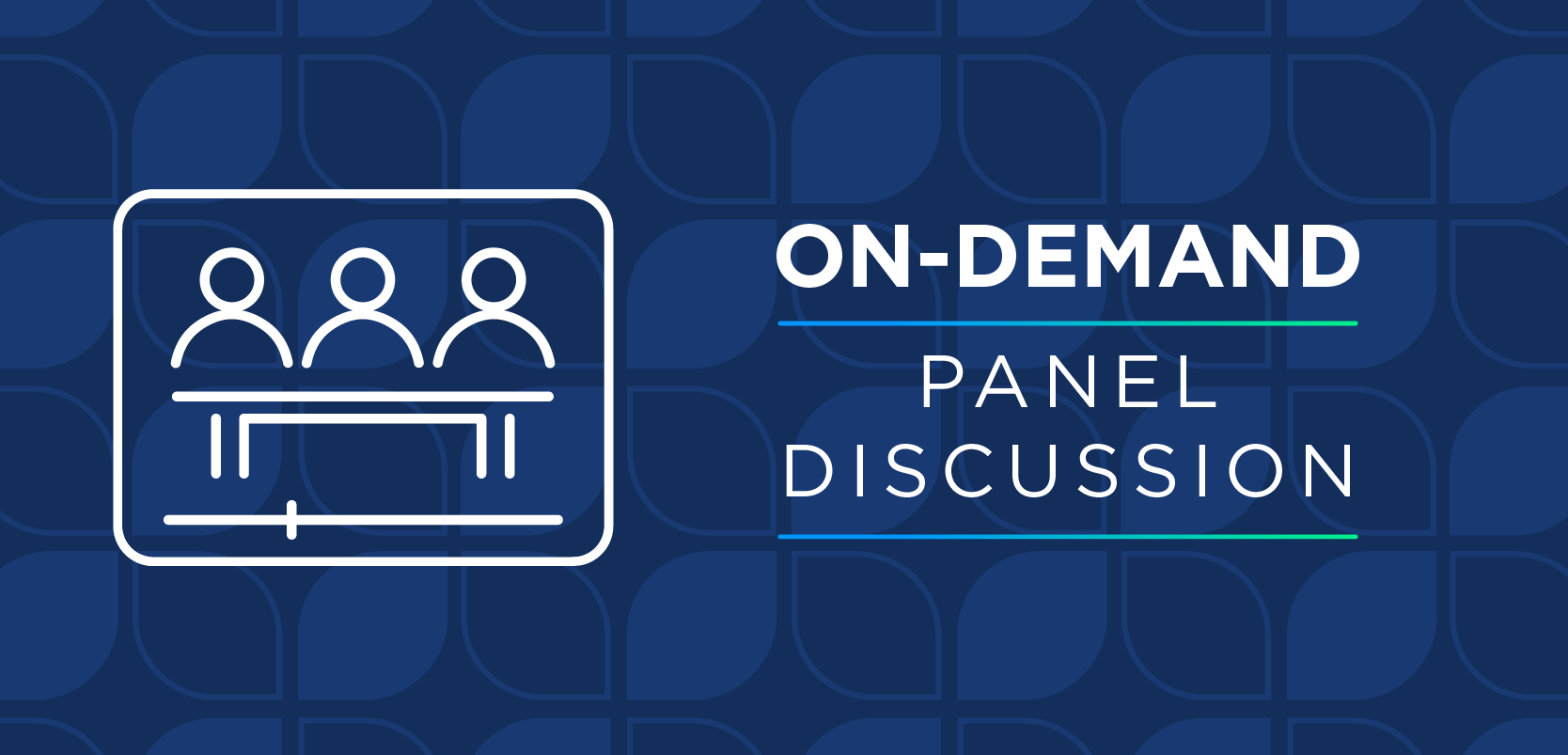
- June 2014 Women's Health
- Volume 80
- Issue 6
Half of Americans Use Prescription Drugs
Nearly half of all Americans reported taking 1 or more prescription medications during the previous 30 days in 2007 through 2010, according to a recent report from the Centers for Disease Control and Prevention’s National Center for Health Statistics.
The “Health, United States, 2013” report, which included a special section on prescription drug use, found that the portion of patients who had not taken any prescriptions over the previous 30 days decreased from 60.9% in 1988 through 1994 to 52.5% in 2007 through 2010. In addition, the portion of patients who took 5 or more prescriptions within the last month increased from 4.0% in 1988 through 1994 to 10.1% in 2007 through 2010.
The report also indicated that prescription drug use increased with age. From 2007 through 2010, 23.2% of children took between 1 and 4 prescription medications, compared with 49.4% of adults 45 years and older. Less than 1.0% of children took 5 or more prescriptions within the previous month, compared with 39.7% of adults 65 years and older.
Cardiovascular agents and cholesterol-lowering drugs were 2 of the most commonly used classes of prescriptions. In 2007 through 2010, 17.7% of adults 18 to 64 years of age used at least 1 cardiovascular medication, and the use of cholesterol-lowering drugs among adults of the same age category increased more than 6-fold compared with 1988 through 1994. This increase in use was partially caused by the introduction of statins to lower cholesterol, the report notes.
Articles in this issue
over 11 years ago
Patient Resources: Coupons & Copaysover 11 years ago
Living with an Overactive Bladderover 11 years ago
The Heroin Epidemic and Abuse-Deterrent Formulationsover 11 years ago
Pet Peevesover 11 years ago
Contraception Controversy: The Pharmacist's Perspectiveover 11 years ago
Case StudiesNewsletter
Stay informed on drug updates, treatment guidelines, and pharmacy practice trends—subscribe to Pharmacy Times for weekly clinical insights.







































































































































































































